The Fruit Vinegar Market is currently characterized by a dynamic competitive landscape, driven by increasing consumer interest in health and wellness, as well as the growing trend towards natural and organic products. Key players such as Bragg Live Food Products (US), Mizkan (JP), and Kraft Heinz Company (US) are strategically positioned to leverage these trends. Bragg Live Food Products (US) focuses on innovation in product formulations, emphasizing organic and raw ingredients, which resonates with health-conscious consumers. Meanwhile, Mizkan (JP) has been expanding its product line to include a variety of fruit vinegars, catering to diverse culinary applications, thus enhancing its market presence. Kraft Heinz Company (US) appears to be concentrating on digital transformation and e-commerce strategies to reach a broader audience, indicating a shift in how traditional food companies are adapting to modern retail environments.
The business tactics employed by these companies include localizing manufacturing to reduce costs and optimize supply chains, which is particularly relevant in a moderately fragmented market. This competitive structure allows for both established brands and emerging players to coexist, fostering innovation and variety in product offerings. The collective influence of these key players shapes the market dynamics, as they compete not only on product quality but also on brand loyalty and consumer engagement.
In October 2025, Bragg Live Food Products (US) announced the launch of a new line of fruit vinegars infused with superfoods, aiming to capture the health-conscious segment of the market. This strategic move is significant as it aligns with the growing consumer demand for functional foods that offer health benefits beyond basic nutrition. By introducing these innovative products, Bragg is likely to strengthen its market position and appeal to a broader demographic.
In November 2025, Mizkan (JP) revealed plans to invest in sustainable packaging solutions for its fruit vinegar products. This initiative not only addresses environmental concerns but also enhances brand image among eco-conscious consumers. The strategic importance of this move lies in its potential to differentiate Mizkan in a crowded market, as sustainability becomes an increasingly critical factor in consumer purchasing decisions.
In December 2025, Kraft Heinz Company (US) launched a new digital marketing campaign aimed at promoting its fruit vinegar range through social media platforms. This campaign is designed to engage younger consumers and drive online sales, reflecting a broader trend towards digital engagement in the food sector. The strategic importance of this initiative is underscored by the necessity for traditional brands to adapt to changing consumer behaviors and preferences in the digital age.
As of December 2025, current competitive trends in the Fruit Vinegar Market include a pronounced focus on digitalization, sustainability, and the integration of AI technologies in product development and marketing strategies. Strategic alliances among companies are increasingly shaping the landscape, as partnerships can enhance innovation and market reach. Looking ahead, competitive differentiation is likely to evolve from price-based competition to a focus on innovation, technology, and supply chain reliability, as companies strive to meet the sophisticated demands of modern consumers.
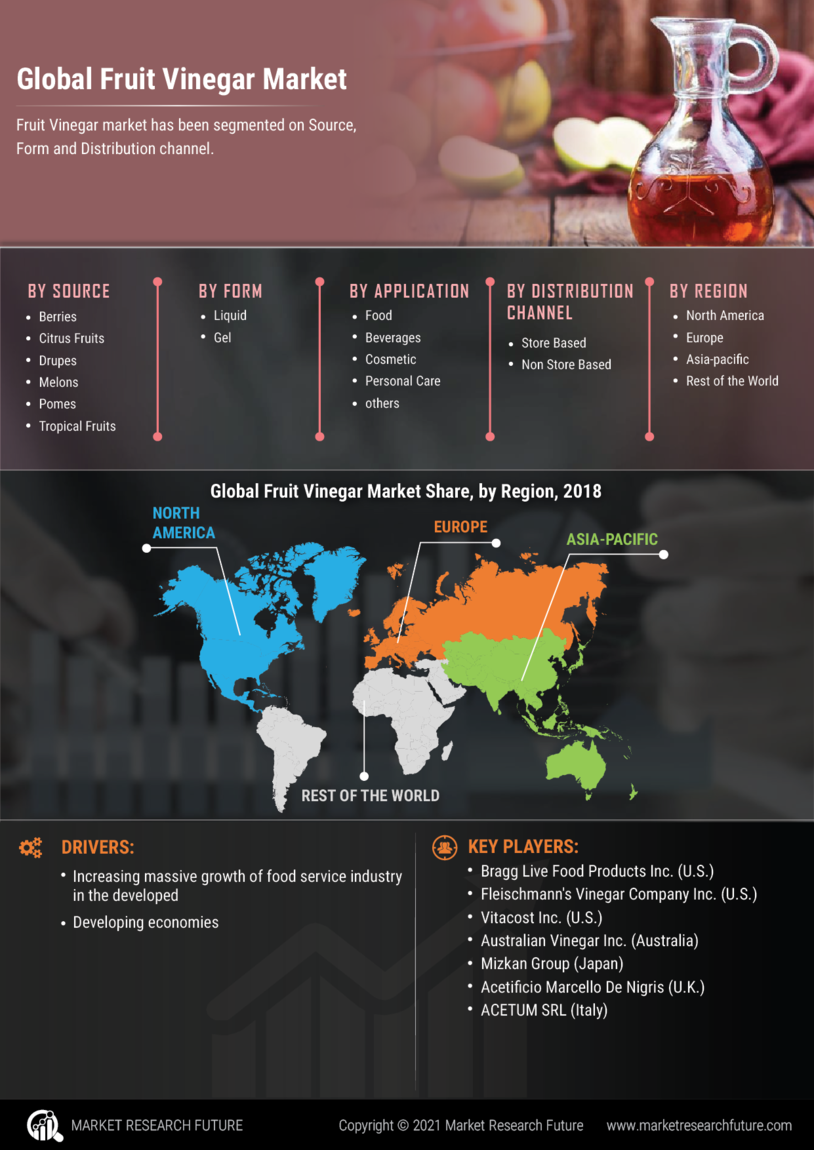

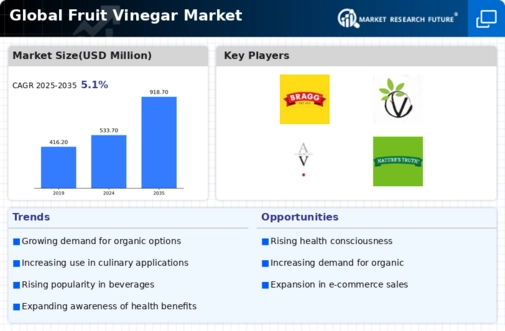
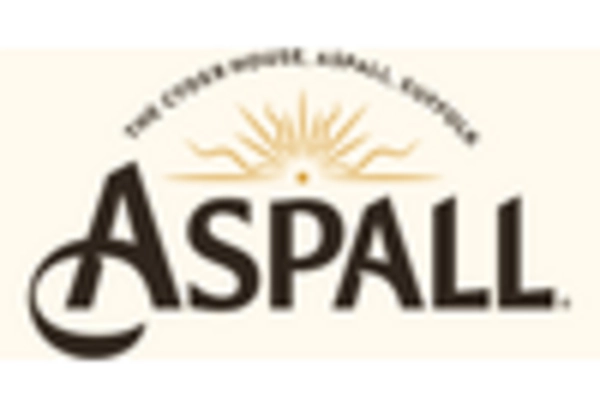
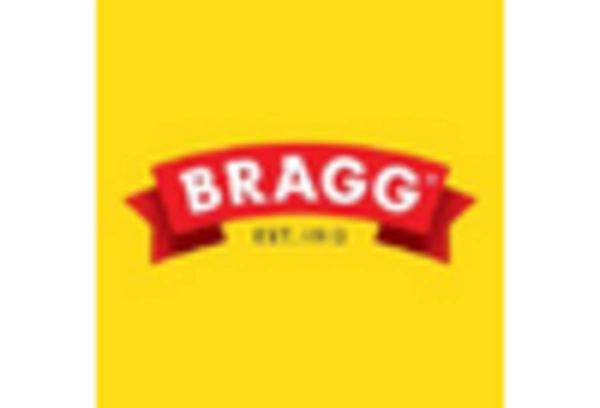

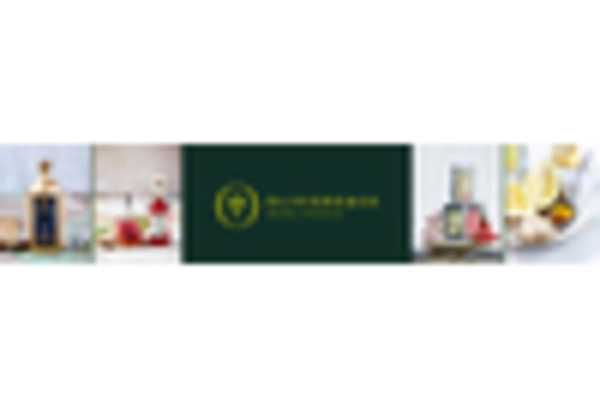
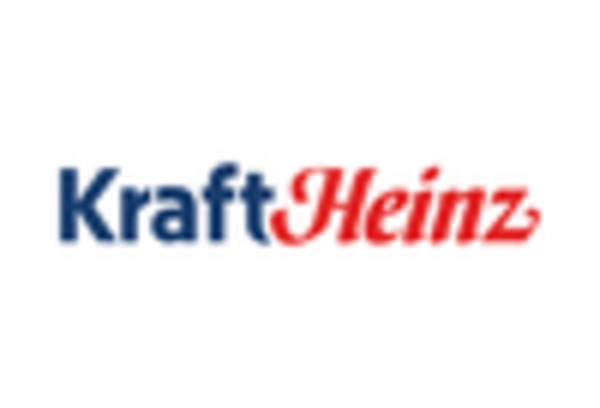
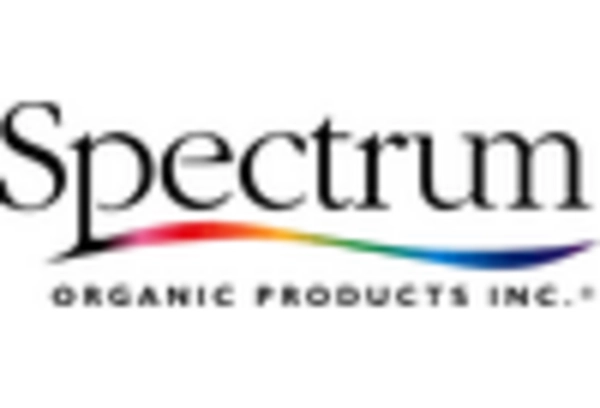








Leave a Comment